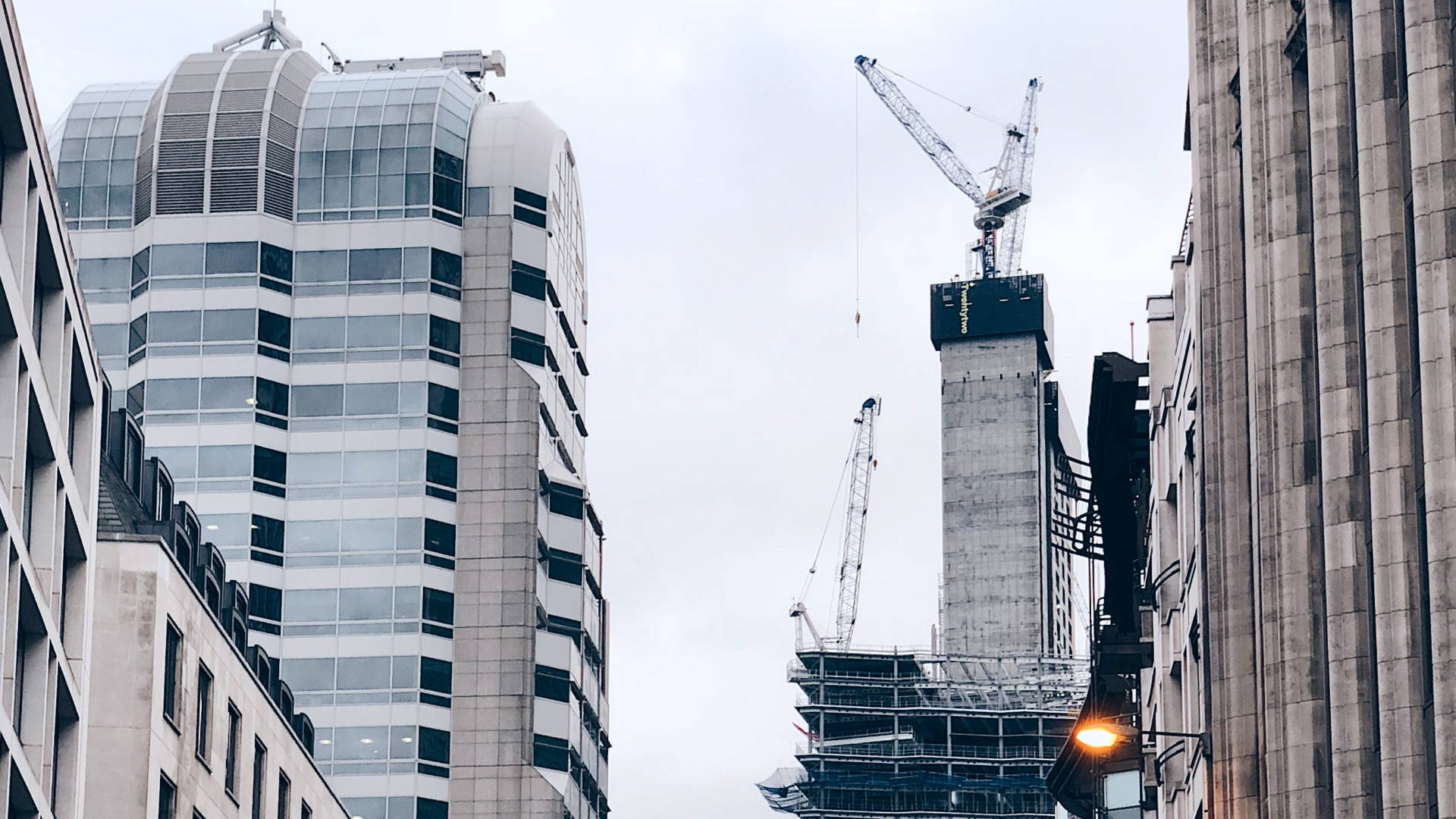
Building Safety Regulator
Latest
-
The first phase of the BSR's campaign activity has focused on encouraging residents to visit the dedicated campaign page and to sign-up to newsletters for further information to help understand their responsibilities and how they can take part in important deicison making about their building.
You can visit the page here: Your home, your safety - Making Buildings Safer
- Building Safety Regulator
-
An open letter from the Housing Minister and the Director of Building Safety regarding charges associated with managing safety in high rise buildings.
In a joint letter to building managers, housing minister Lee Rowley and Phillip White, the director of building safety at the Health and Safety Executive, said they have been made aware of ‘unacceptably high’ charges for services related to producing safety case reports in recent months.
The letter acknowledged that pulling together evidence to produce the safety case report for some buildings ‘can be a challenging process’ and that building managers may need to commission investigations in some cases.
The housing minister and director of building safety issued a warning that they will “continue to monitor very closely the actions of those within this sector and, should we see evidence of inappropriate behaviour, will not hesitate to call it out publicly in the future”.
They added: “Most of this sector is already doing the right thing; others should take heed of this letter and the advice contained therein immediately”.
However, it stressed that leaseholders should be able to understand what they’re being charged for and why, and that existing building safety assessments should be used where possible
- Building Safety Regulator
-
The Health and Safety Executive has published new guidance today (4 April) on preparing a Building Assessment Certificate (BAC) application for Principal Accountable Persons (PAPs).
The PAP for a high-rise residential building must apply for a BAC when told to do so by the Building Safety Regulator (BSR) within 28 days - the new application portal is also live here
- Building Safety Regulator
-
Building control professionals have been given an extra 13 weeks to prove their competence, calming fears of an imminent collapse in councils’ ability to provide the service.
Under rules introduced by the Building Safety Act 2022 in the wake of the Grenfell Tower tragedy, building control inspectors had been expected to register with the Building Safety Regulator and pass through an accreditation process by 6 April.
But recent months have seen accreditation bodies warn that too few inspectors would receive their qualifications in time for the deadline, raising concerns that some councils would be rendered unable to carry out building control.
On 13th March, The devolved government in Wales has already announced a six-month extension of the deadline for accreditation (extended to 1 October 2024) and today (14 March 2024), the Health and Safety Executive (HSE) has confirmed there will also be an extension, albeit a significantly shorter one, in England.
A letter from the HSE’s director of building safety, Philip White, confirmed to the industry that there would be a competence assessment extension period of 13 weeks, shifting the deadline from 6 April to 6 July 2024.
Inspectors will still be required to register with the regulator to continue working, but those who do will have longer to demonstrate their competence.
- Building Safety Regulator
-
As the building control authority for higher-risk buildings, the Building Safety Regulator is reminding the construction industry about the deadline to be part of the transitional arrangements for building control approval.
These transitional arrangements allow projects to stay under the current building control regime – and avoid transfer to the Building Safety Regulator (BSR). Doing this ensures that eligible projects stay under the old rules and will allow projects - including building safety remediation work - to continue without delay.
This means:
- If your project had building control arrangements established before October 1st, 2023, and has made substantial progress before April 6th, 2024, it qualifies for transitional provisions.
- Under these provisions, your project can continue to be regulated by your existing building control provider. This will require your building control provider to be appropriately registered with the BSR.
- In order to benefit from this, it is essential that you give notice to the relevant local authority, indicating that your building work has progressed sufficiently. If your project involves an Approved Inspector (AI), ensure to provide a copy of this notice to your AI as well.
- Failure to send this notice to the local authority will result in your project transferring to the BSR.
- Projects must use a suitably Registered Building Inspector (RBI) to continue benefitting from the transitional arrangements.
Developers must take the required steps for their projects to qualify.
Further information is available on the news page of the Making Building Safer site.
- Building Safety Regulator
-
ARMA Guidance Note B19: Building Safety Act: Registration of Higher-Risk Buildings and Key Building Information
-
ARMA Guidance Note B14: Building Safety Act - Duties During Occupation
-
ARMA Guidance Note B13: Building Safety Act - Changes in Construction
-
TPI Advice Note: Fire Safety Management in Flats
-
Guidance Note B02: Fire Safety